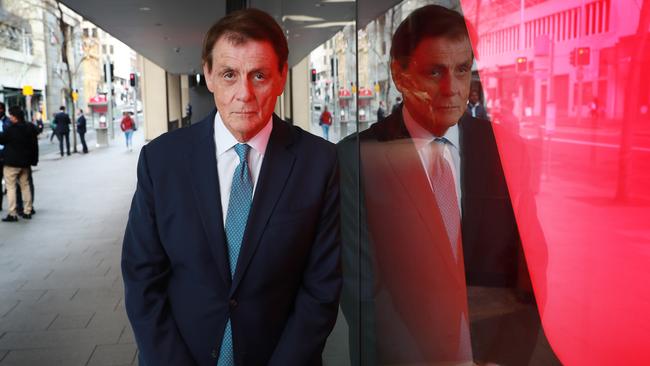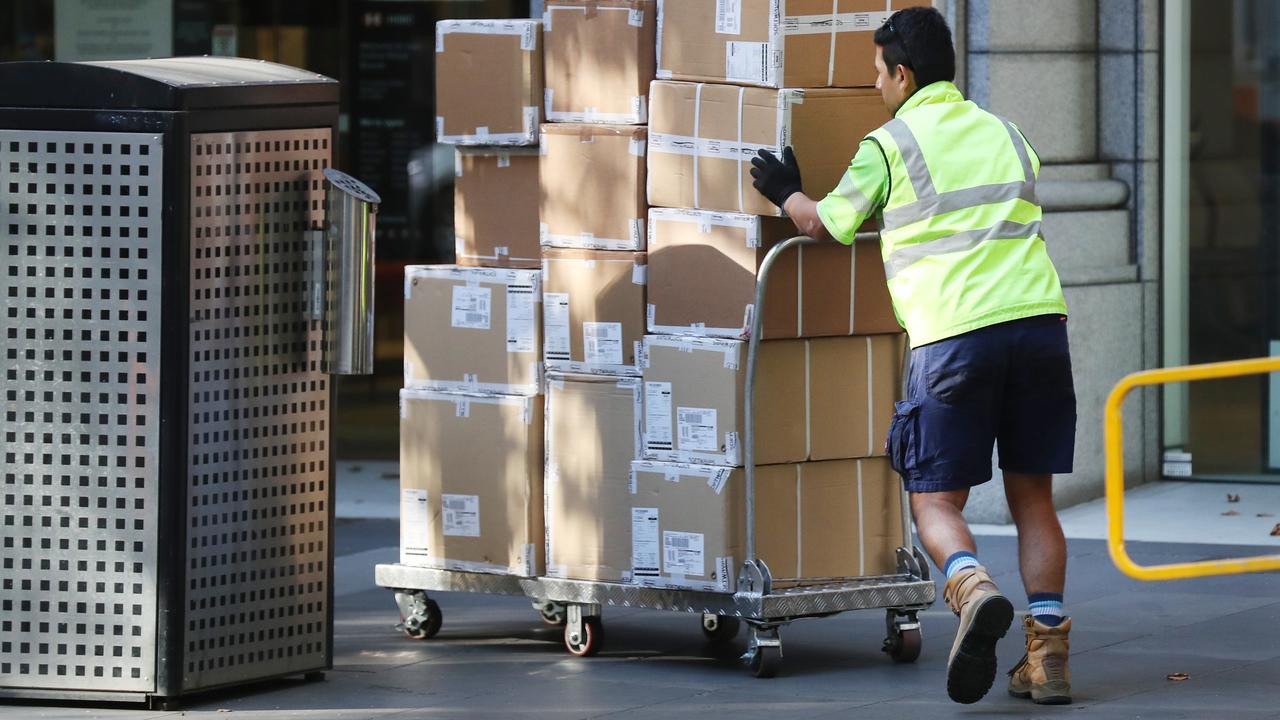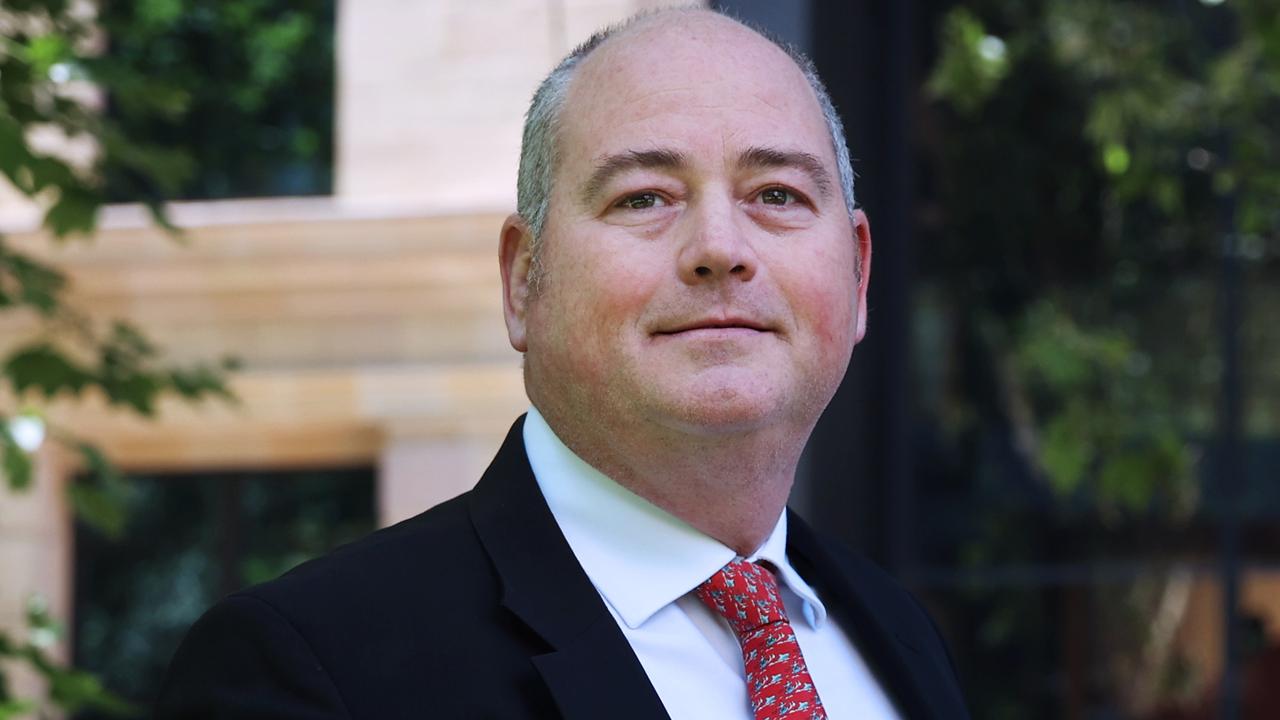Westpac’s Bill Evans tips three more increases in the cash rate before a halt
May 1 is officially May Day, but on May 2 Westpac expects the RBA will deliver the last of three more increases to the cash rate in the current cycle.

Persistent inflation pressures will lead the Reserve Bank to increase again in February and March, and while it may pause in April, the central bank will deliver a final rate hike in May.
That’s the view of Westpac chief economist Bill Evans after the inflation blowout this week.
Mr Evans said the 7.8 per cent on-year rise in the December quarter CPI – which exceeded his expectation of 7.4 per cent – meant his year-end forecast of CPI inflation cooling to 3.7 per cent amid easing pressure in global supply chains could be a bit higher.
The good news is that an upward revision to the RBA’s CPI forecast for this year is unlikely to stop the central bank cutting rates in early 2024, according to Westpac.
The bad news is that struggling households face another 75 basis points of rate rises by May.
Australia’s goods inflation looks to have started to ease from elevated levels near 10 per cent as it did in the US, but services inflation here is still on the way up.
Services inflation in Australia rose from 3.3 per cent in the year to June 2022 to 5.5 per cent in the year to December 2022, driven by holiday travel, meals out, and takeaway food.
Inflation pressures were widespread more generally, as nearly 80 per cent of items in the CPI rose at an annualised pace above the top end of the RBA’s 2-3 per cent target band.
Mr Evans said these pressures, especially in services, highlighted that businesses were responding to strong demand and cost pressures by raising prices. Moreover, households were accepting the increases and expecting them to continue, near term inflationary expectations still high.
He noted that headline inflation in the US fell from 9.1 per cent in June to 6.5 per cent in December, with services inflation falling from a contribution of 1.2 percentages points to annual inflation to 0.8 percentage points in December, likely due to peaking in wage pressures in the US in 2022.
The US economic cycle appears to be leading Australia by about six months, and the persistence of services inflation in Australia has been highlighted by the December quarter inflation report.
Services inflation remains a risk. Mr Evans said wage pressures here “still have some way to run”.
That drives his view that the RBA will deliver three more rate rises of 25 bps, while the Fed does two more of the same magnitude, at its next two meetings in February and March.
The Bank of Canada may have shown the way, with what NAB called an “explicit pause signal” which “has many thinking whether other central banks will do likewise” after its 25 bps increase his week.
BoC governor Tiff Macklem said on Wednesday that the BoC expected to “pause rate hikes while we assess the impacts of the substantial monetary policy tightening already undertaken”.
The BoC was one of the first to start the initial hiking cycle.
“To be clear, this is a conditional pause — it is conditional on economic developments evolving broadly in line with our MPR outlook,” Mr Macklem said.
“If we need to do more to get inflation to the 2 per cent target, we will.”
Mr Evans said if lower inflation reflected easing supply pressures but price pressures driven by domestic demand remained strong, then “central banks will accept that there is more work to do”.
A “disturbing aspect” of the December quarter CPI report was that trimmed mean inflation — used to gauge sustained inflation pressures — rose 6.9 per cent on-year, versus 6.5 per cent expected by the RBA.
The CPI report should lock in a 25 bps rate rise next month in the February meeting, and Mr Evans expected the central bank to leave its options open with a statement that gives scope to rise again in March.
But it’s “unlikely to pause when there’s evidence of demand pressures and firms seizing some pricing power associated with rising services inflation, as we saw in the December inflation report.”
The outcome of wages updates in the wage price index on February 22 and the national accounts of March 1 will be key inputs to the RBA’s March board meeting.
Mr Evans expected the wages data to show a “marked increase in wage inflation” from 3.1 per cent in the year to September, to 3.6 per cent in the year to December.
A pause in April is on the cards as the RBA waits for the March quarter inflation report.
If, as he expects, inflationary pressures remain in services and other wage-related components of the Index, the RBA is expected to increase the cash rate again in May, even with the Fed already on hold by then.
“But demand conditions by then should have eased sufficiently for the RBA, with rates firmly in the restrictive zone, to anticipate real difficulties for businesses to continue to pass on higher costs while costs associated with supply chains and even wages from the second half of 2023 continue to ease,” he said.



